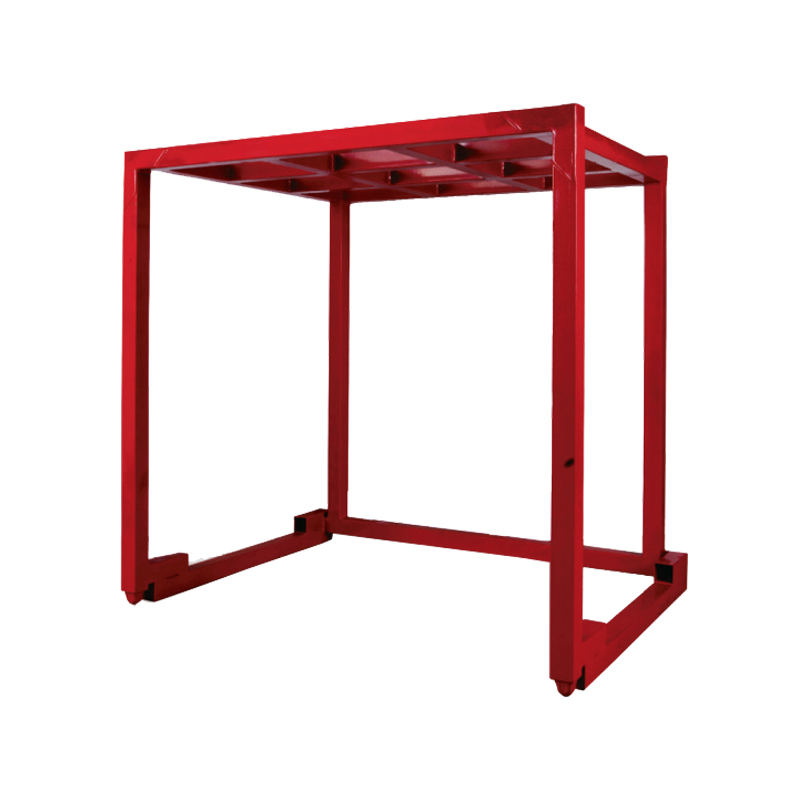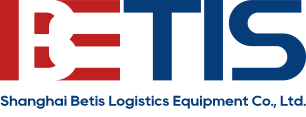Investing in stacking racks isn't just about solving immediate storage challenges—it’s about making a decision that pays off year after year. While upfront pricing often dominates purchasing discussions, a deeper look at lifecycle costs reveals how well-designed stacking rack systems can reduce ongoing operational expenses, minimize downtime, and improve warehouse efficiency over time. Understanding how materials, construction quality, and usage frequency impact total ownership cost can help procurement teams and logistics managers make smarter, more cost-effective decisions.
The initial cost of stacking racks typically reflects their size, material thickness, surface treatment, and load-bearing design. Heavy-duty steel options with powder coating or galvanization may carry a higher price tag upfront, but they are built to withstand harsh warehouse environments and resist corrosion, especially in moisture-prone or high-humidity regions. Thinner gauge racks or racks with basic finishes may appear economical, but they can incur frequent maintenance or early replacement, which quickly adds to total cost.
Durability is closely tied to design detail. Weld integrity, structural bracing, and leg reinforcements are critical factors that influence how long stacking racks remain stable under repeated stacking, unstacking, and shifting. A rack that is poorly welded or lacks sufficient support may bend under pressure or become misaligned over time, leading to stacking failures and safety risks. Investing in racks with tested load capacities and precision-engineered joints greatly extends usable life and enhances safety.

Ease of maintenance is another component that affects long-term savings. Racks with modular parts or replaceable footplates simplify repairs without requiring full replacement. Galvanized finishes help prevent rust buildup, reducing the need for repainting or refinishing. Additionally, racks that are designed for smooth stacking alignment reduce physical strain on staff and minimize the likelihood of accidental damage during daily operations.
Transport efficiency also plays a part in cost analysis. Nestable or collapsible stacking racks reduce return freight costs and save storage space when not in use. This feature is especially important for businesses that operate in multiple locations or rotate seasonal inventory. Being able to disassemble or nest racks efficiently lowers storage costs during off-peak periods and enhances flexibility in logistics planning.
Reusability makes stacking racks a particularly strong long-term investment. As warehousing demands change, these racks can be reallocated, reconfigured, or even repurposed for different product categories. High-quality racks maintain structural integrity even after years of use, allowing them to be relocated during warehouse expansions or sold second-hand with retained value. This asset flexibility directly contributes to overall ROI, especially in fast-growing or high-turnover environments.
Working directly with a manufacturer ensures not only better pricing but also customization options that match specific warehouse needs, from load capacity to footprint. As a professional stacking rack manufacturer and supplier, we build every rack with durability, performance, and practicality in mind. With years of experience supporting factories, distribution centers, and tire storage warehouses, we understand how small design differences can lead to big results over the product’s lifecycle.
Choosing stacking racks with lifecycle value in mind is more than just a budget decision—it's a commitment to operational efficiency, safety, and adaptability. Whether you’re replacing aging racks or equipping a new warehouse, selecting a robust and thoughtfully designed stacking system can lead to fewer replacements, lower maintenance costs, and better use of your floor space.
